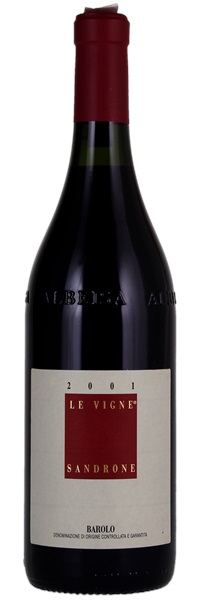Estimate

...fresh, vibrant & totally impeccable. Flowers, mint, minerals & juicy red berries are some of the many nuances that come to life... Seemingly endless layers of fruit flesh... leather, spices, licorice & flowers add further complexity...
Great stuff, combining traditional Barolo flavors—dusty earth, leather, floral notes & cherries—with modern touches, like the supple tannins & hints of hickory smoke... intellectually challenging & complex while still delivering lush fruit.
Captivating aromas of raspberry, black cherry, gunflint, sweet spices, menthol and rose petal. Lush and concentrated, with sweet dark cherry and bitter chocolate flavors perked up by ripe raspberry, minerals and spices...
Wonderful aromas of roses, berries and violets follow through to a full-bodied palate, with fine tannins and a pretty, caressing, sweet fruit finish. Pretty wine.